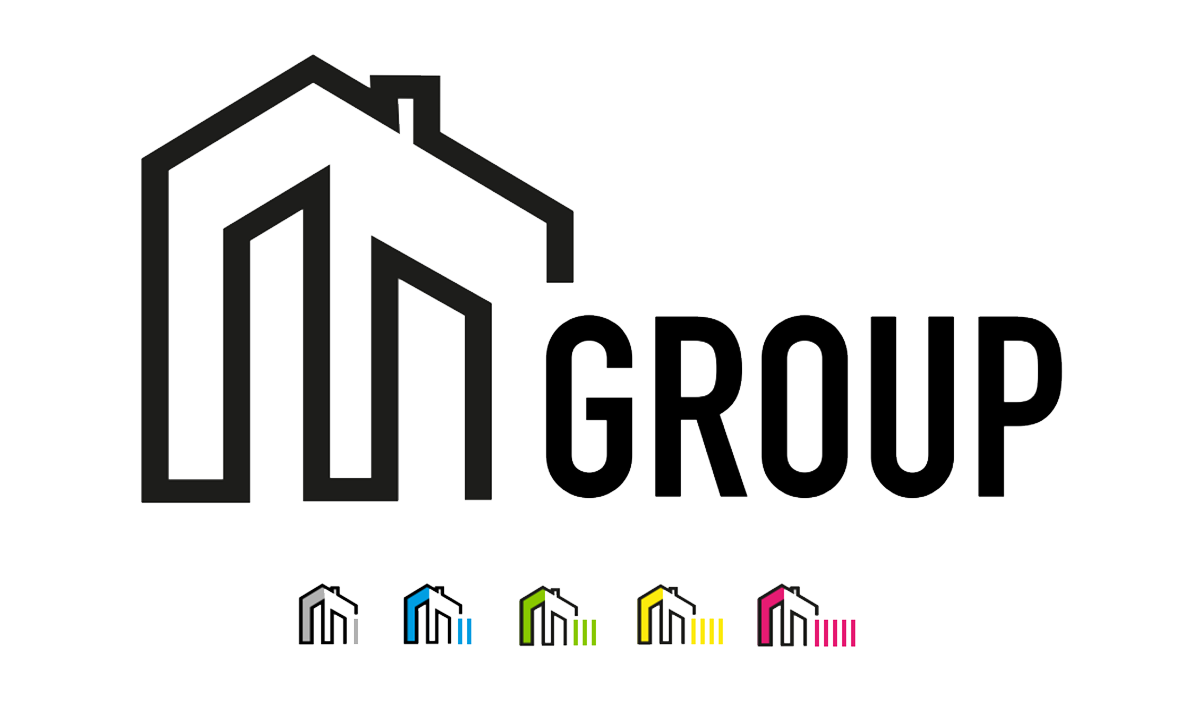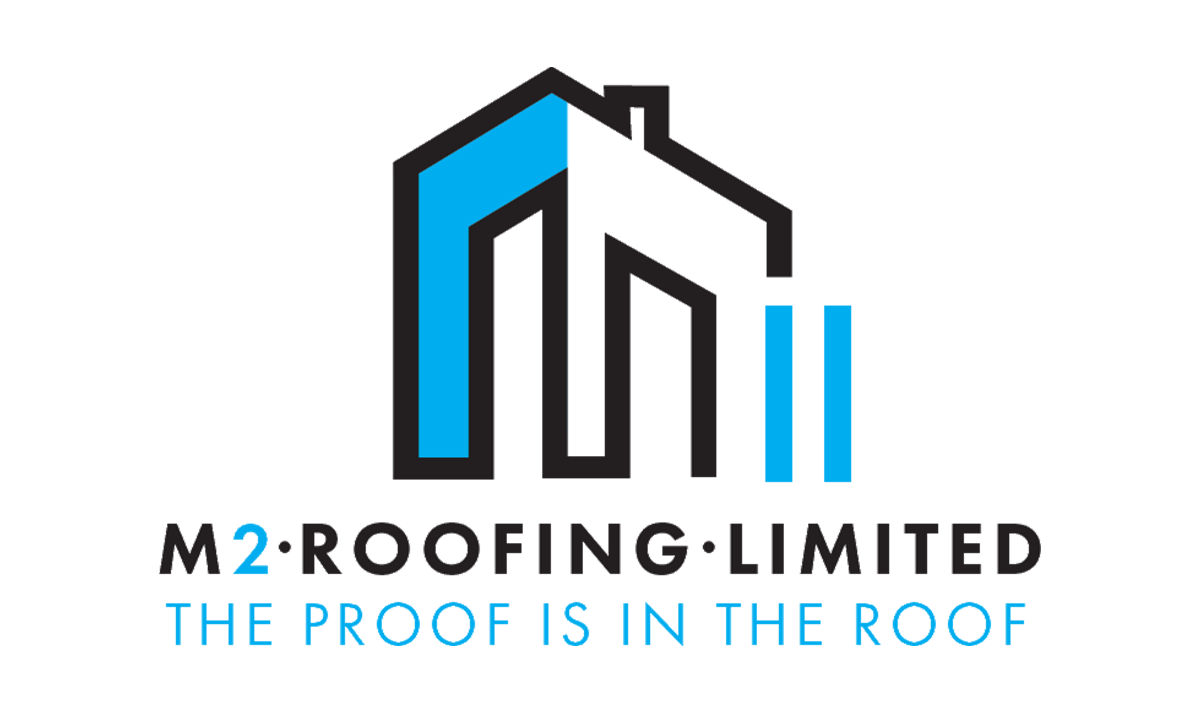Steel Scaffolding
Also known as tubular scaffolding, it has a similar structure to the double and single scaffolding but the difference is in the scaffolding materials. It uses steel tubing rather than timber and steel couples instead of rope lashing. To fix the standards into the ground, it uses a base plate.
A few advantages of steel tubular are that they have a higher carrying capacity, it is easy to erect and dismantle and it’s economical. Steel scaffolding provides a firm and steady standing and remains strong even during an intense wind and heavy rain. It has a longer durability when compared to other materials and is widely used because it offers greater safety for workers.
Mobile Scaffolding
It is assembled from pre-formed framing components and fitted with wheels that allow scaffolders to move it from place to place. It is used on sites where many areas need light maintenance work or where a scaffold would cover a greater distance.
An advantage of mobile scaffolding is that it is very portable. The wheels make it easy to move across places with a simple pull or push. It offers more room than a traditional scaffolding. Hence, workers have space to keep materials and tools on the platform, allowing for more efficiency.
Mobile scaffolding is a versatile option for painters, carpenters and anyone that needs to move from one place to another whilst reducing the risk of injuries or accidents.
Which Type of Scaffolding Should You Use on Your Next Construction Project?
There are multiple factors to consider when choosing the right type of scaffolding for your project. It is important to have suitable equipment and understand the different price tags for each scaffolding option.
A few questions to answer include
Where will you undertake the task?
How many workers will use the scaffold at a given time?
What is the height and design of the structure?
Will it be required for a single or multi-story building?
Is the project a renovation or construction project?
Is it an exterior or interior construction job?
Do you require suspended scaffolding or can you safely fix the scaffolding to the ground?
5 Things to Consider When Choosing Scaffold
Consider the height of the structure
Most scaffold accidents aren’t caused by defects, but by error. The right height tower prevents overstretching and falling from a height.
Safety
This is a major consideration when looking to hire a scaffold. Many materials and features go into a scaffold. Choose a brand and material that meets international and UK safety requirements. Features to consider include
Scaffolding-specific platform
Safety guardrails
Built-in safe access and slip resistant surfaces
Comprehensive user instruction
Identify Your Scaffolding Needs
Getting the right scaffolding depending on your needs and requirements. Rendering, roofing and building use different types of scaffolding. Choose a scaffolding that comfortably handles the user’s weight and any equipment they are working with.
If the job requires moving the scaffold, a mobile scaffold would be preferable. If it doesn’t require movement, a fixed scaffold will do. Someone looking for a scaffold for a window washing has a different need from someone who needs support for roof work.
Terrain
The area where the scaffold will be used is critical. If the ground is soft or unstable, a suspended scaffold design is your best option. If the ground is hard, a ground-support unit will do. Choosing the wrong option puts your equipment and the safety of the worker at risk.
Budget
Budget matters when choosing a scaffold for your project. A supported scaffold is a cost-effective choice. Most of the components are reusable for future purposes. Adjustable models are more expensive, but they are faster to erect and dismantle. Suspended scaffolds are the most expensive because they are custom tailored to fit the job.
Ask for Product Recommendations
A scaffolding contractor or anyone who works in construction can provide recommendations. Learning from the experience of experts provides greater insights into the strengths and limitations of each scaffolding type. A good scaffolding company should take your requirements and recommend the best option.
Conclusion
We’ve outlined the different types of scaffolding, their benefits, disadvantages and various uses. We’ve also discussed factors to consider when choosing a scaffold material or type. Above all else, choose quality over a cheaper price. Do not attempt to erect a scaffold on your own. It is important to find a suitable service provider that meets your needs and ensures the safety of workers and materials when working at heights.




